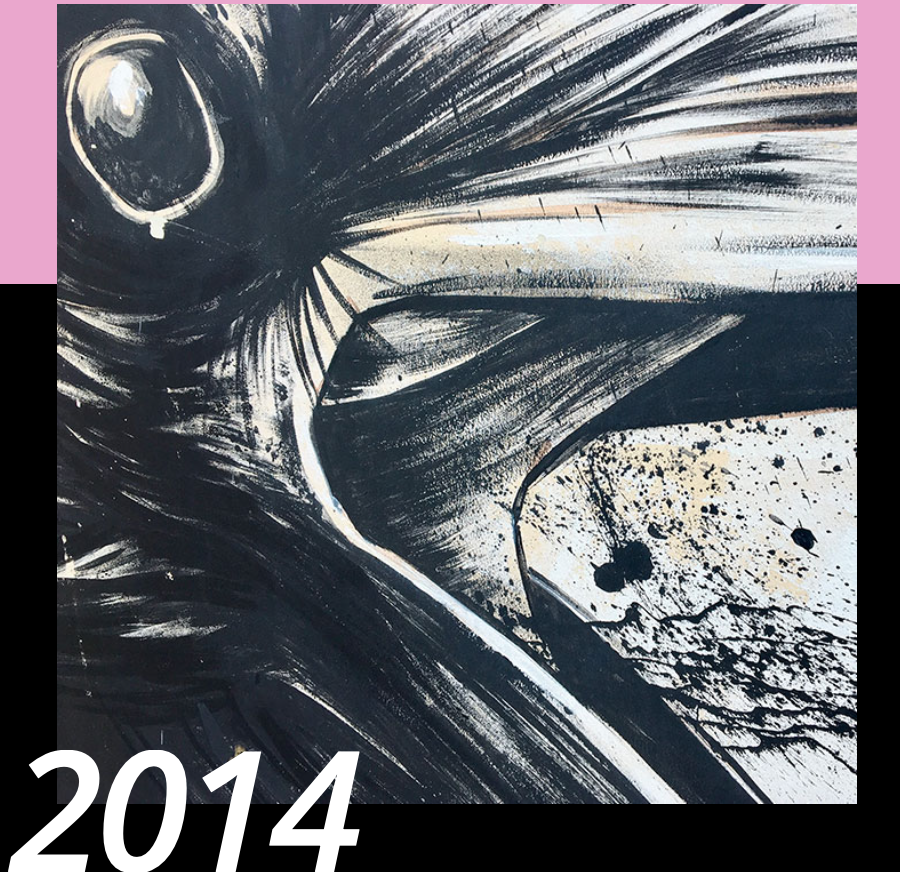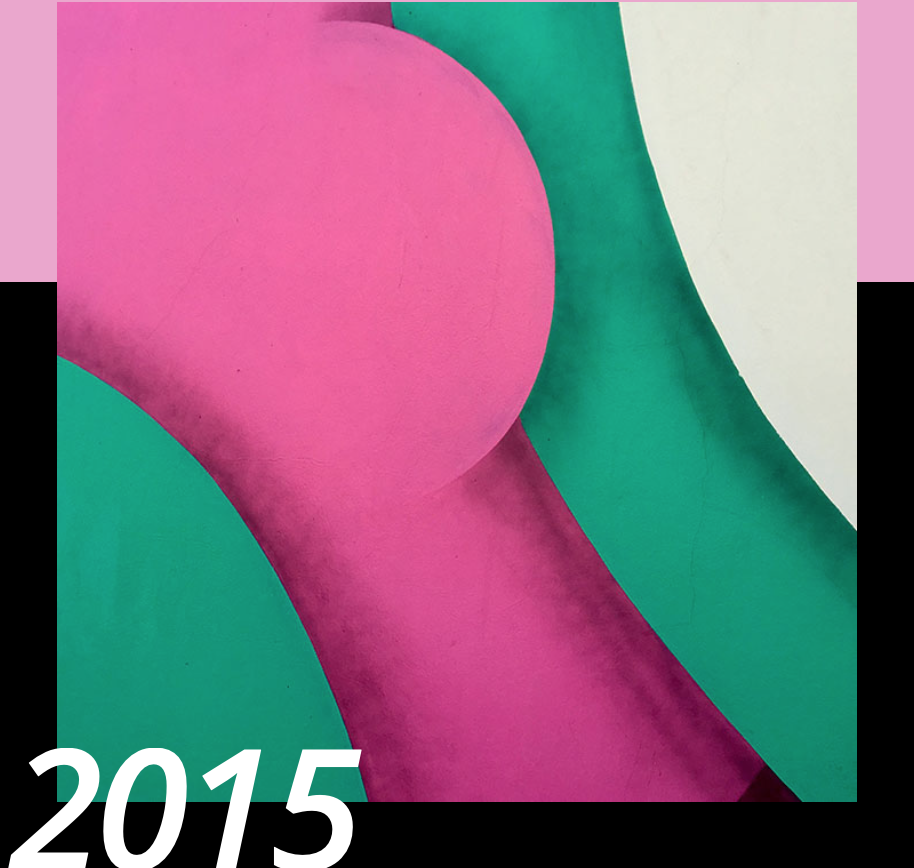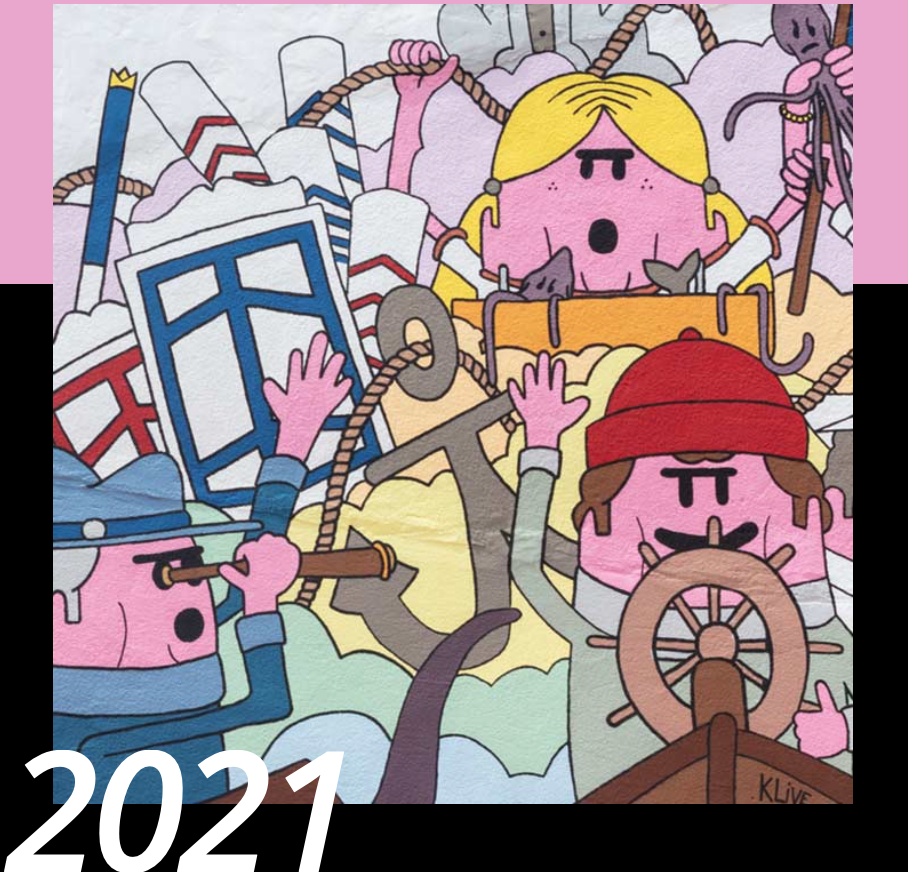Open to the sea and culture, the city of Sète is the perfect place to discover urban art.
The K-LIVE is an original festival, created in 2008, it is an artistic event that links urban art, contemporary art and current music. Every year in June, K-live invests the city, streets, walls, wastelands and the famous « Théâtre de la Mer ».
Today, around forty works make up the Open Air Museum (MaCO). With each edition of the festival, the collection grows according to the guest artists. The selection takes care to vary styles, techniques and supports while creating original graffiti. Like the city that is its setting, the MaCO is alive!
Make way for the discovery of works of art through a stroll through the streets of the city!
Download the interactive map: Map MaCO
Focus on works

Work Eric Lacan
At the end of the 2000s, Éric Lacan became known in the streets as “Monsieur Qui” thanks to his black and white collages. With his dark romantic universe and his sharp line, Eric Lacan offered K-Live an uncompromising work. Sketching by hand, he did not hesitate to work directly by hand. His technique on canvas, already impressive in terms of virtuosity and meticulousness, was thus able to give life to a highly expressive combat of birds.
Work Jan Kalab
Originally from the Czech Republic, Jan Kaláb discovered graffiti in the early 1990s, after the fall of the Soviet Union and he quickly became one of the pioneers of the local art scene.
Very progressive, Jan Kaláb is one of those artists who seek to renew the ways of interacting with cities by circumventing the classic codes of graffiti. He moved away from spray-painted lettering and his graffiti pseudonyms and began a studio practice inspired by neoplasticism and the De Stijl movement. Optical illusions and games of depth make up his sculptures and paintings which, over time, completely adopt abstraction.


Work Tony Bosc
Self-taught, Tony Bosc pays tribute to his Singular Island through his gallery of colorful characters. At the beginning, this turbulent child channels his energy through drawing, thanks to his grandmother who stuck a pencil in his hands. Spontaneously, he turned to graffiti a few years later, before finding his figurative trademark, close to art brut, where fishermen, jousters and flamenco dancers come to life. Anchored in reality, his stagings are tinged with humor and irony.
